I traveled to Bordeaux, France in the first week of April for the Primeurs campaign. Wine professionals from around the world tasted the 2016 vintage. The wines showed a remarkable quality with a long aging potential. Some regions performed better than others in a year where the weather was varied, starting with a rainy winter and ending with ideal conditions for harvesting.
The 2016 harvest
Whenever I teach about wine regions, I comment on how vintage variation is of great importance in the production of quality wines in Europe. The climate is not sunny and reliable as it is in the new world. While Mendoza, Argentina has more than 300 days of sunshine in a year and abundant water for irrigation coming from the Andes, Bordeaux may suffer from uncertain climate regularity.
2016 in Bordeaux began with a mild but wet winter and a cool spring marked with a substantial amount of rain. Producers were already expecting a bad vintage ahead of them, with unripe grapes, diluted wines, and possible fungal disease. Fortunately, by the end of spring (mid-June), the climate changed. Beautiful weather finally set in Bordeaux, the rain stopped, and temperatures began to rise. The Bordelais called their summer “an Indian summer,” with hot weather and lots of sunshine. The temperature was 5°C warmer than usual reaching a record 37°C (98.6F) in Sauternes on the 12th of September.
The good weather continued in September and October with little rain in September which helped ease the drought. There was no rain in October for most of the regions.
It is worth noting that irrigation is prohibited in Bordeaux, so the rain at the beginning of the year was essential to the success of the vintage. The water was retained in the deep layers of the soils were the vine’s roots are located.
With excellent weather throughout October, producers were not in a rush to harvest, which was ideal for the late ripening grape Cabernet Sauvignon. Wines based on the Cabernet Sauvignon grape, as those on the left bank of Bordeaux (Margaux, Pauillac, St. Julien and St Estephe) had a significant advantage regarding quality.
In this remarkable year, the grapes reached phenolic maturity (colors, aromas, flavors) without overly ripening. The wines are of intense color with high tannins and lots of fruit flavors but with control levels of alcohol (13-13.5%ABV).
The white and sweet wines also performed well. White wines showed a deliciously fresh acidity with aromas of stone fruits and tropical fruits, like pineapple. The regions of Sauternes and Barsac benefited from the ideal conditions for the development of noble rot or botrytis and presented well balanced sweet wines.
In my opinion, the red wines performed better in 2016, in comparison with last year. The wines from the 2015 vintage were excellent in some subregions, but 2016 presented fresh, balanced wines with mature tannins and purity of fruit across all regions.
My recommendations
Sweet wines: the wines from the Château Lafaurie – Peyraguey, Château Sigalas Rabaud, Château Rieussec and Château Rabaud-Promis are excellent examples of the 2016 vintage. The famous Chateau D’Yquem has also produced a very complex wine with notes of honey, beeswax, peaches, dried apricots, vanilla, and baking spices. The wine is sweet, has a high acidity and a very long finish.
White wines: the Chateau Smith Haut Lafitte 2016 was my favorite one. It is made with Semillon and Sauvignon Blanc grapes from the Pessac-Leognan region, and it has notes of citrus fruits, green apples, peaches, and also nectarine, vanilla, toast, and cream. The wine has high acidity, medium plus body and is very balanced. You can drink it now but has great potential for aging.
Choosing the best red wines was much more challenging. I tasted more than 200 wines, visited several Chateaux and spoke to many producers. 2016 is a memorable vintage with great classic wines, worth buying. These are the best representation of the 2016 vintage by region:
– Pessac-Leognan: Smith Haut Lafitte.
– St. Emilion: Chateau Larcis Ducasse, Chateau La Dominique.
– Pomerol: Chateau Gazin, Chateau Le Bon Pasteur.
– Listrac: Chateau Fonreaud, a wine of excellent quality with affordable prices.
– Margaux: Chateau du Tertre, Chateau Lascombes, Chateau Rauzan Segla.
– St. Julien: a region that showed exceptional wines in the 2016 vintage. Some great examples: Chateau Gloria, Chateau Talbot, Chateau Lagrange.
– Pauillac: outstanding wines in the 2016 vintage. Chateau Lynch Bages and Château Pichon Longueville Comtesse de Lalande showed spectacular wines.
– St. Estephe: Chateau Phelan Segur.
Cheers,
Alessandra Esteves, MAES, DipWSET
Director of Wine Education, Florida Wine Academy
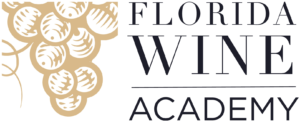
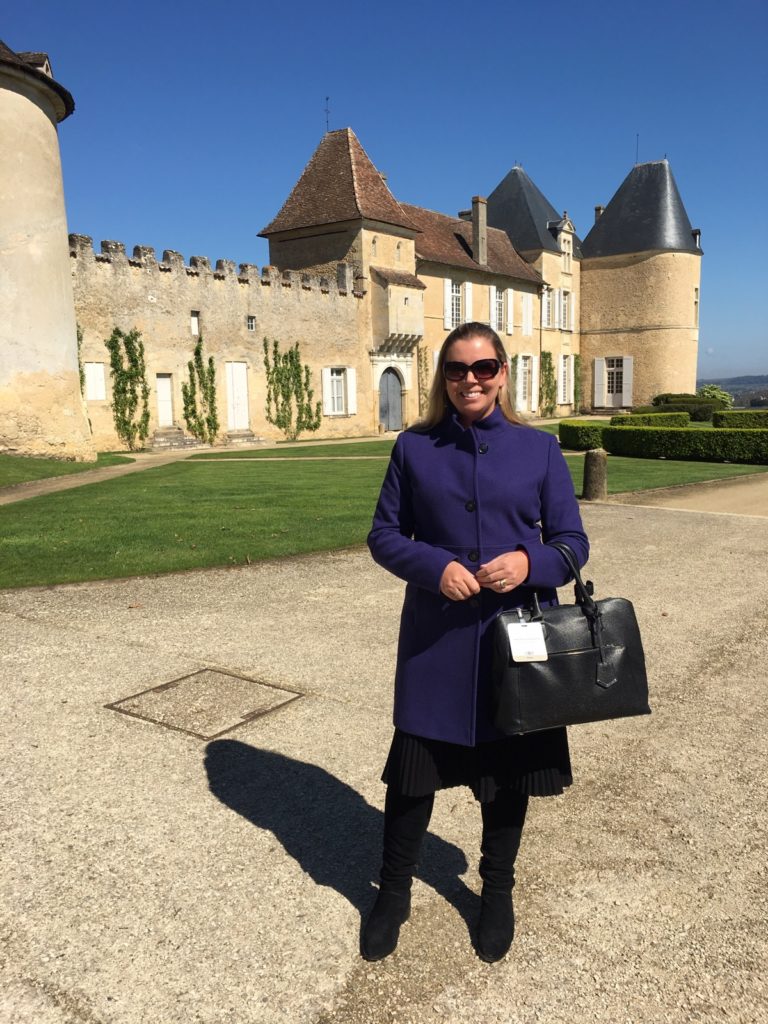

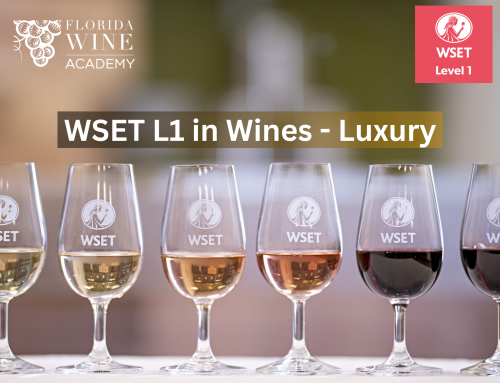
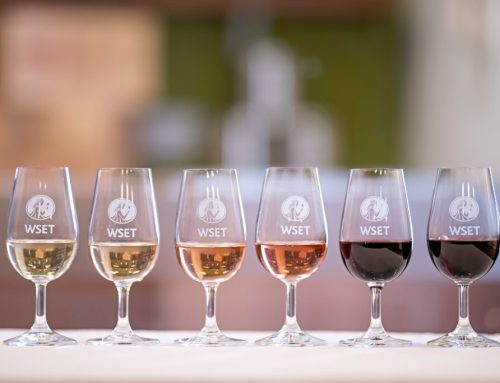
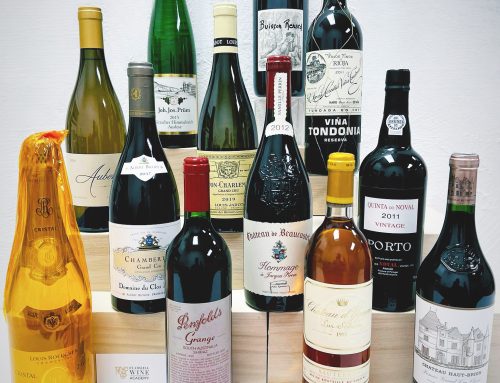
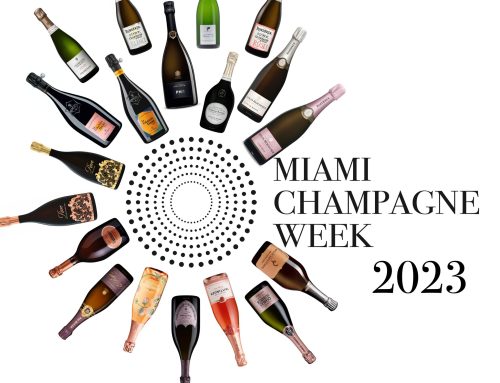
Leave A Comment